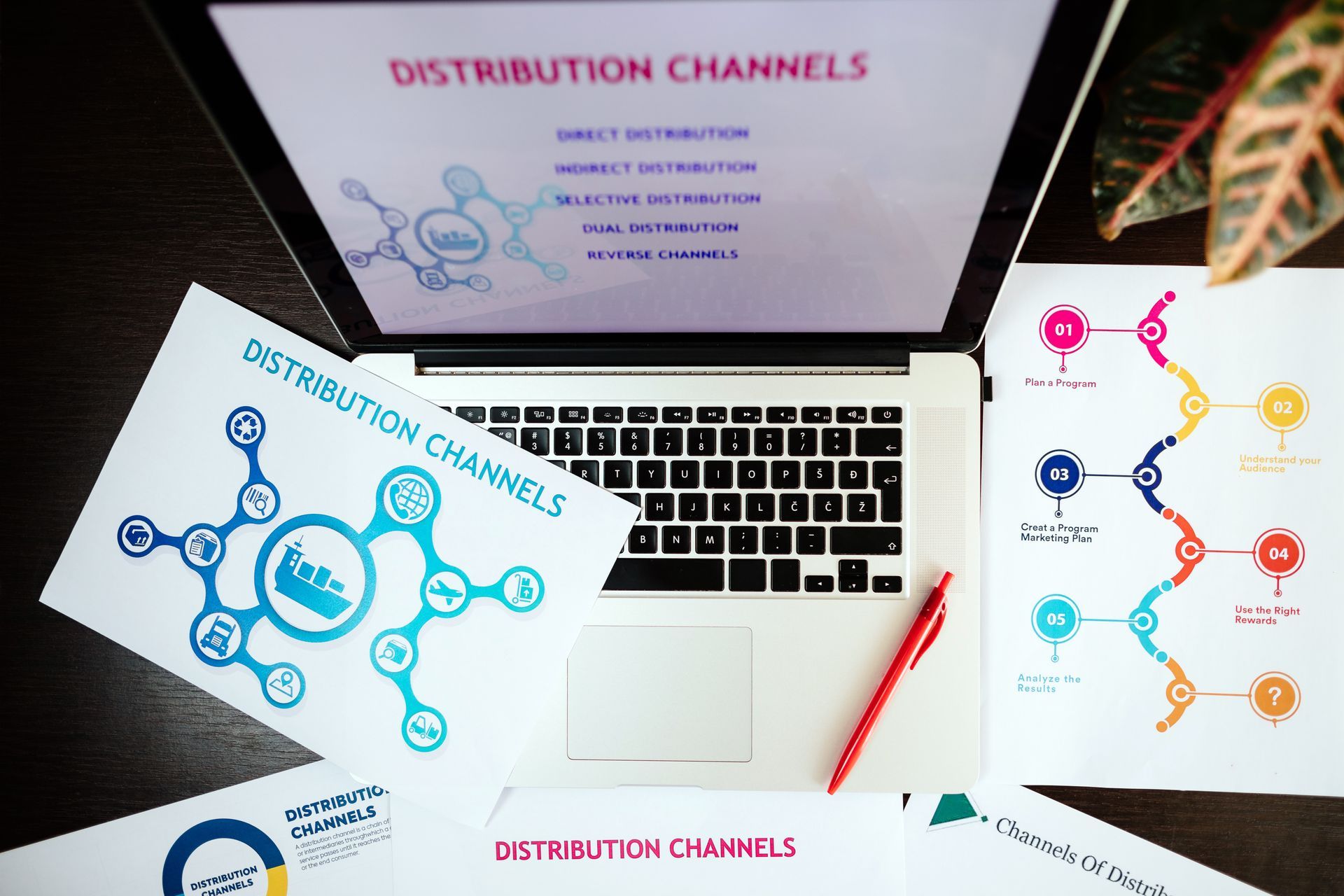What the FLoC is Google Topics?
Last week Google announced its replacement for FloC called Topics, "a new Privacy Sandbox proposal for interest-based advertising." This means using your browser history Google Chrome will determine your top 5 interests (or topics in Google speak) and makeup to 3 of those available to the websites you visit and to their advertising partners. Each of your topics will be available for three weeks at a time and deleted periodically.
How is this different from FLoC
FLoC used complex algorithms to identify interest groups and shared information that could potentially be used to identify individuals. It was complex and challenging for marketers to understand. Compared to
Google Topics, which is easy to understand, and there is no complex tech involved. It also takes away the concern around identifying an individual.
Google claimed that moving to this tracking would maintain advertisers' effectiveness for personalization, and the user's privacy would be more protected because the user will no longer be able to be tracked individually (third-party cookies). But is it really a solution for publishers and advertisers?
Are Topics really the solution to third-party cookies?
- It’s meant to keep the advantage for the big boys of advertising. Only those advertisers would receive topics that have already seen a user on websites associated with those topics, which means that any technology currently widespread in the third-party ecosystem in tracking users will continue to have the upper hand in receiving Topics. So Google, Facebook, and other big third-party trackers today could continue to thrive as they now get these topics. This effectively shuts out any newcomers.
- It's still profiling users. Even if Google claims the user can opt-out at any time, history is likely to repeat. Everyone already has the option to opt-out of third-party cookies from their browser settings, but how many actually do? Consumers need to ask why it is that they have to opt-out and not opt-in?
- Chrome Specific: Will other browsers get behind this? Advertisers, publishers, and platforms would still need to account for different solutions based on other browsers.
- Privacy concerns could still be present. Even if this solution is supposed to address the privacy challenges of FLoC, there could still be a few issues. Chrome recycles Topics every three weeks, and a brand/advertiser can keep the topics associated with a user for a longer term. So even if Google will recycle the Topics, it’s not clear how it will prevent an advertiser from continuing to associate a Topic with a user for a longer-term. Moreover, this could create some interesting privacy issues, e.g., If I realize that Chrome is associating a Topic with me that I don’t want and I delete it, advertisers already have associated that topic with my browser. How would an individual force advertisers to disassociate a topic from a browser?
- Only coarse-grained targeting and personalization are possible. Topics are not granular enough: Topics API initially includes 350 topics which may not be enough to provide effective targeting. For comparison, IAB’s Audience Taxonomy contains around 1500 topics. This could create challenges for advertisers targeting relevant and personalized content to customers. The lack of Topics limits marketing teams from getting ads in front of consumers who opted-in to receive marketing information from brands. Additionally, they will be spending advertising dollars more broadly to drive new business, which leads to poor performance and wasted budget. Without the granularity, it would be hard to tell if someone is shopping for apparel or just looking at fashion trends. Advertisers will have to pay Google even more because competition is now bidding on the same Topics.
- Third-party cookies and related tech are still dead. This doesn't provide any lifeline for data management platforms, demand-side platforms, and other data aggregators who built a book of business attaching third-party cookies and device IDs to interest groups. Sure, these tech companies were already in danger of becoming extinct with the demise of third-party cookies, and they will continue on that path even with Topics API. The user segments will be dictated by these topics and not by the DMPs, or DSPs.
So is Topic all bad news?
Not really. There are some good things. It’s definitely a step forward from where Google was with FLoC.
- This keeps the current programmatic ecosystem alive even after the third-party cookie demise. This may be a good thing or bad, depending on whom you ask! But it seems that the chairs are decked to keep some of the big programmatic players alive if this solution holds.
- But the programmatic ecosystem does get simplified, and many middle players get eliminated. The DSPs and SSPs will start to settle in with browser-provided topics as their targeting and bidding criteria rather than a host of other data providers.
- Brands can use topics for onsite personalization. If brands of all sizes can get Topics (a big if, Google will only share Topics with advertisers with massive reach), they can use it to personalize the onsite experience. Generally, the brands have to depend on a complex mesh of data providers and identify visitors and their interest profiles.
The bottom line is that brands need to continue to build their zero-party and first-party data to gain insights into their consumers' behavior. This is where technologies like
LayerFive help brands build cohorts based on their data and combine users' behaviors from across browsers, devices, and other media. Besides this, brands would need to look for one-on-one partnerships to build eco-systems of consented consumer data to expand their own data.
You might also like:




